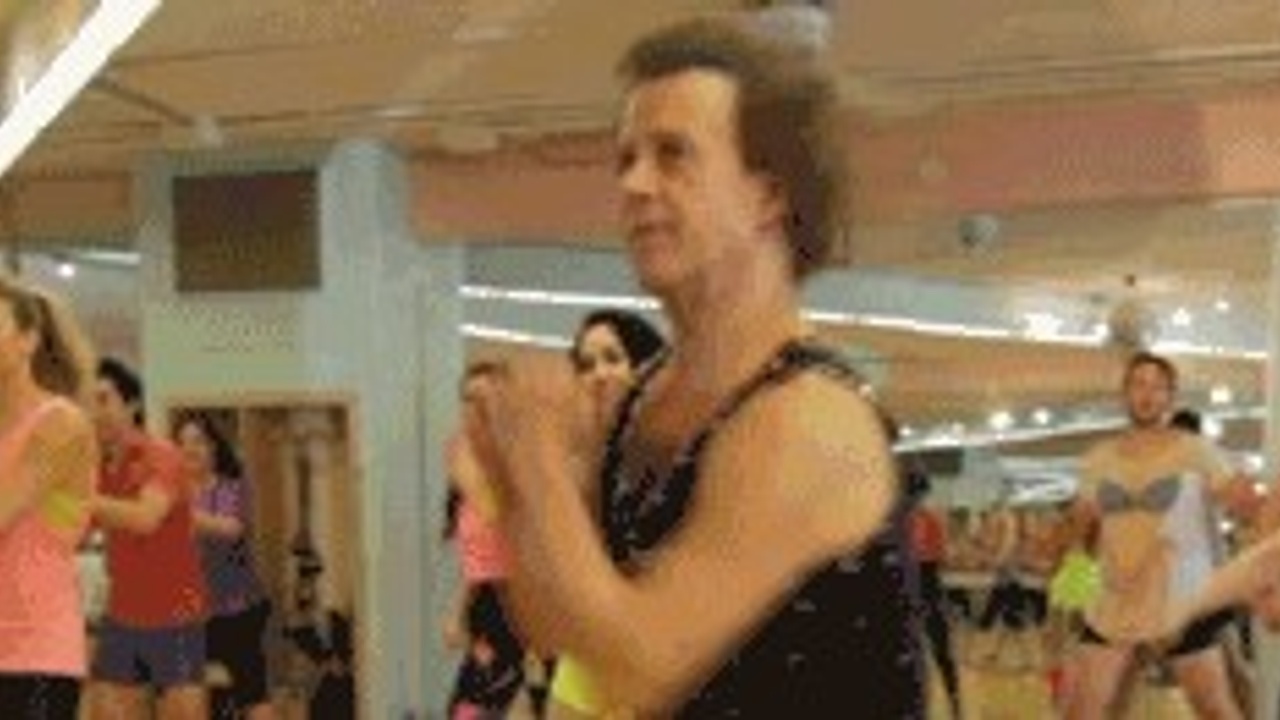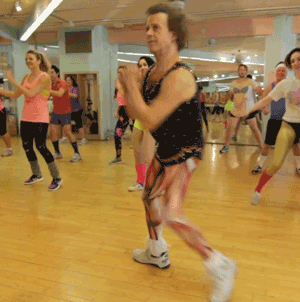Technique Screens vs Movement Screens: Understanding Sensitivity and Specificity
Jan 11, 2022
Go to any fitness/movement influencer IG account and you can find an opinion on if movement screens matter or if your coach’s eye is simply good enough. Hot take (probably a really normal take actually): If you want a further level of information, you need a further level of assessment.
Now, let’s break down the concepts of “Sensitivity” and “Specificity” and how they relate to a Technique Screen (The eye test) or a Movement Screen.
SENSITIVITY
In research, Sensitivity is used to “rule out” certain things, meaning, if it’s not there, we don't need to worry about it (priming your brain for the air squat example later). In PT school they taught us to remember this by SN=out or “SNout”, the S and the N, get it?? HA! In simple terms, sensitivity is going to pick up on if SOMETHING is there, but not necessarily WHAT that something is. Enter, technique screens. We know something is wrong, our eyes are telling us that and our brain might even make an educated guess, but how would we know what it is unless we got more specific… exactly.
So let’s use an air squat as an example. You instruct your client to perform an air squat as an assessment tool and see the following:
- minimal ankle range of motion
- the chest drops
- and the hips stay relatively high… essentially, it looks like a hinge.
Ask 3 people what’s wrong and you might get 3 different answers, all might be right, some might be wrong, BUT the process was SENSITIVE to telling us SOMETHING was wrong… but again NOT WHAT. Is it the ankle range of motion? Is it the hip range of motion? Is it their strength? Was it simply how they were taught to squat? All possible outcomes that need further investigation.
Now, here’s the good news… if your client drops down in a beautiful air squat with plenty of knee range over the toes, hips below parallel, and an upright torso, you’ve effectively cleared the lower body for issues! So, there is value to be had in not wasting everyone’s time in this case from a range of motion perspective.
SPECIFICITY
Specificity on the other hand is used to “rule in”, meaning, if it’s there we want to find it and we want to know specifically where/what it is. If you want the PT school lesson, this was taught as SP=in, “SPin”. The S and the P now… clever. Simply, specificity does tell us WHAT. Enter…. *drumroll please*.... Movement screens or further assessment techniques (think strength, skill, etc).
So let’s revisit the air squat… Your client performs the air squat and you see the following:
- minimal ankle range of motion
- the chest drops
- and the hips stay relatively high… remember, it looked like a hinge.
Now, we need to get SPECIFIC, like Richard Simmons gets physical.

- We screen the ankle and find full range of motion. It’s not the ankle, even though it looked like it in the technique assessment (the air squat).
- We screen the hips and find limited range of motion on one side more-so compared to the other (oh crap we didn’t even think about it being a unilateral issue)
- Is it a firm end feel (muscular) or hard end feel (bony)? This is a GREATER level of specificity.
- We screen the knee and find no range of motion limitations. It’s not the knee.
- No strength or technique issues are going to be relevant if the range of motion of the hip doesn’t allow us to express a different type of movement!
So what’s the moral of the story…. Depending on what you’re looking at and what information you’re trying to get, the sensitivity or specificity matters for the outcome you’re looking to achieve. In short, keep your options open, start broad and narrow in as needed, understand your time constraints and as stated prior, and the level of specificity you’re looking for. Stay adaptable, my friends!
Interested in learning more?

